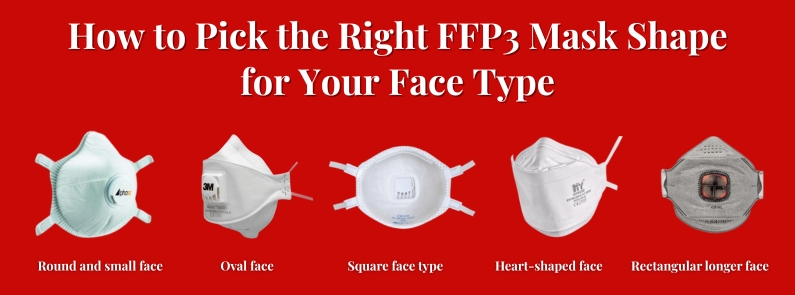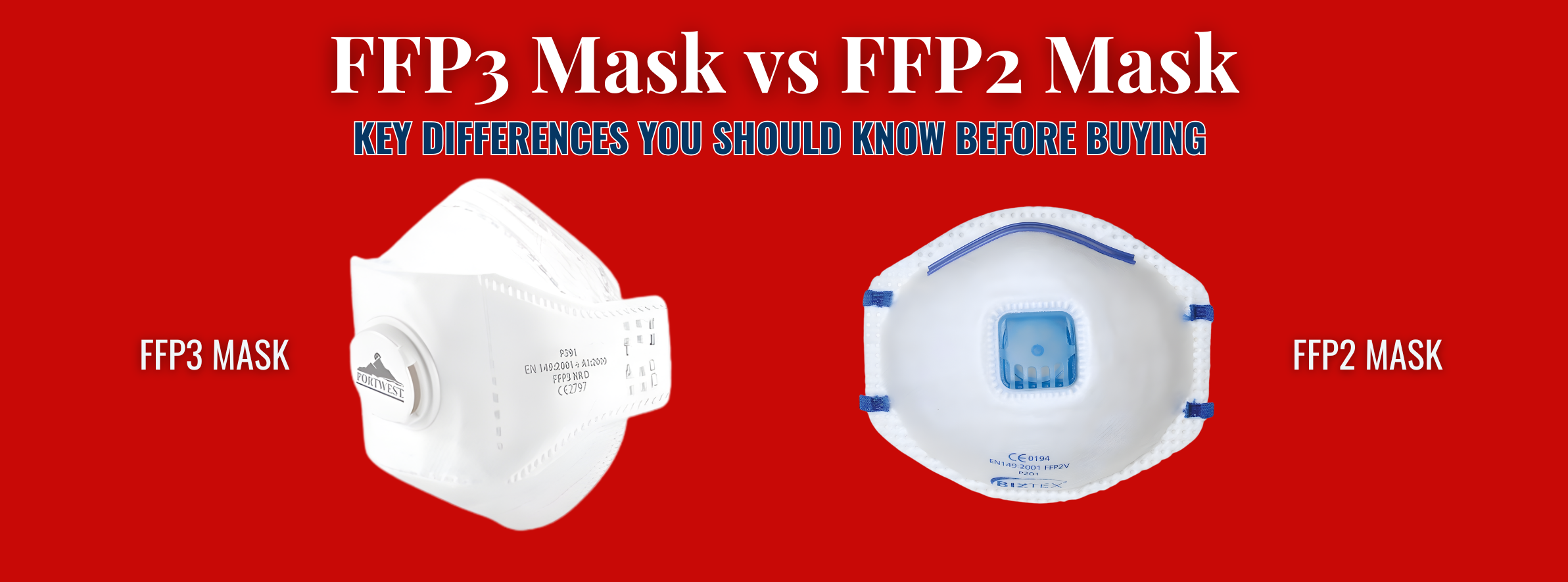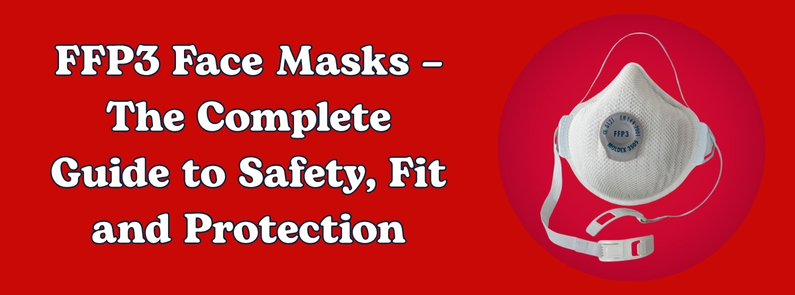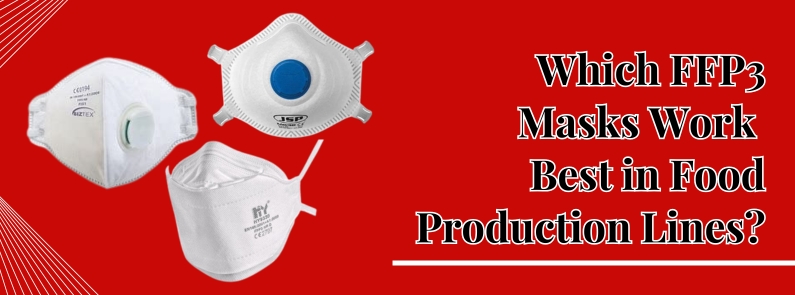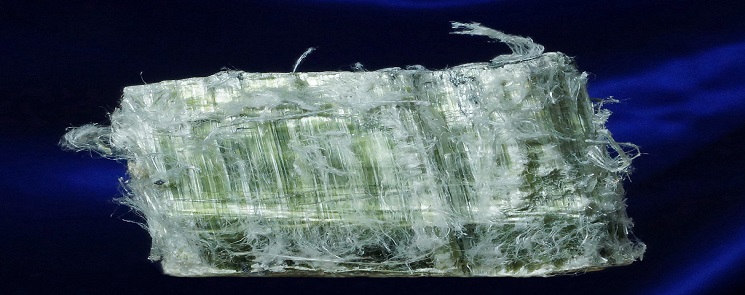
Asbestos fibres are present in a wide range of household, industrial, and commercial products. When inhaled, these fibres cause diseases like asbestosis, lung cancer, and mesothelioma. Here's all that you need to know about identifying the different types of fibres and ways to prevent them from entering your body.
What is Asbestos?
It’s a naturally occurring, fibrous mineral that is found in soil and rocks and can sustain very high temperatures. The word “asbestos” is derived from the Greek word meaning inextinguishable. It’s the common name given to a family of six minerals that have long, thin fibres.
It was used as the primary building material in the UK from the 1950s to the 80s. It was predominately mined in countries like South Africa, Brazil, Russia, and China. The mined asbestos was mixed with cement and woven into fabrics and used for construction and various other purposes.
Some of the key properties of asbestos are:
- Incombustibility
- Sound-absorbance
- Heat resistance
- High strength
These properties make asbestos an ideal choice for insulation, among other applications. In the UK, buildings or materials manufactured before 2000 may contain asbestos. If you’re working or residing in a building constructed before 2000, then you have an increased risk of inhaling it. You can make use of asbestos kit to determine the presence of the material in the building.
Asbestos was banned in the UK in 1999 due to an increase in the number of people contracting lung-diseases as a result of inhaling asbestos fibres. Today, over 50 countries around the world have banned the usage of asbestos. Despite its proven health hazards, the material continues to be used in several other countries, including China, India, Indonesia and Russia.
What are the different types of Asbestos Fibres?
Asbestos is broadly classified into two different mineral families based on the structure of the fibre.
- Serpentine Asbestos
Asbestos belonging to this family consist of curly fibres that are made up of sheets of crystals. Chrysotile, a type of asbestos belonging to the serpentine family, accounts for more than 95% of all asbestos in the world.
- Amphibole Asbestos
It has a needle-shaped fibre. Several studies indicate that exposure to amphibole asbestos causes cancer quicker than exposure to serpentine asbestos. The two primary commercial forms of amphibole asbestos include crocidolite and amosite. The non-commercial forms include actinolite, tremolite, and anthophyllite.
Let’s take a closer look at each of the six common types of Asbestos Fibres
1. Chrysotile
Commonly known as white asbestos, it accounts for the vast majority of asbestos-products manufactured in the UK during the 20th century. Canada and the USA were once the leaders in the production of this carcinogenic material.
Even today, Chrysotile can be found on the ceilings, roofs, walls and floors of old residential and commercial buildings. This is why construction workers working on demolishing or renovating old buildings are required to wear a high-grade asbestos mask.
Naturally occurring deposits of Chrysotile asbestos also contain traces of amphibole, which increase the toxic nature of the product. Even if Chrysotile doesn’t have traces of amphibole, it still leads to life-threatening respiratory diseases.
Some everyday products that contain Chrysotile asbestos are:
- Cement
- Fireproofing
- Drywall
- Brake pads
- Certain types of adhesives
- Insulation
- Roofing
- Gaskets
- Vinyl tiles and more
2. Amosite
Also known as brown asbestos, it’s mostly used in pipe insulation and cement sheets. Exposure to amosite causes a higher risk of cancer compared with Chrysotile asbestos.
Common applications include:
- Roofing products
- Gaskets
- Fire protection
- Insulation
- Cement sheets
- Vinyl products
3. Crocidolite
Also known as blue asbestos, crocidolite is responsible for more asbestos-related deaths than any other type of asbestos. This is because the fibres of crocidolite are extremely thin and can easily lodge into the lung tissues of the inhaler.
Common applications include:
- Old steam engines
- Ceiling tiles
- Insulation
- Fireproofing
- Cement sheets
- Casings of acid-storage battery
- Cigarette filters
- Certain plastics
- Spray-on coatings
4. Anthophyllite
It’s one of the rarest forms of asbestos and is very rarely used in commercial applications. The mining of anthophyllite asbestos began in Finland. It has a dull green, white or grey colour.
Common applications include:
- Rubber
- Roofing
- Cement
- Insulation
5 & 6. Tremolite and Actinolite
Unlike the other asbestos fibres, tremolite and actinolite are not mostly used for commercial applications. Rather both these types of asbestos fibres occur as contaminants in other minerals like talc, vermiculite, and chrysotile asbestos. It's grey, white, green, brown, or transparent.
Are all Asbestos Fibres Dangerous?
While certain types of asbestos fibres are more hazardous than others, there's no denying the fact that all asbestos fibres are dangerous and cause lung cancer, ovarian cancer, asbestosis, malignant mesothelioma, laryngeal cancer, and other life-threatening diseases when inhaled.
Construction workers must take precautionary measures like using asbestos bags and the best dust masks to protect themselves while working in old buildings that use asbestos construction materials.

